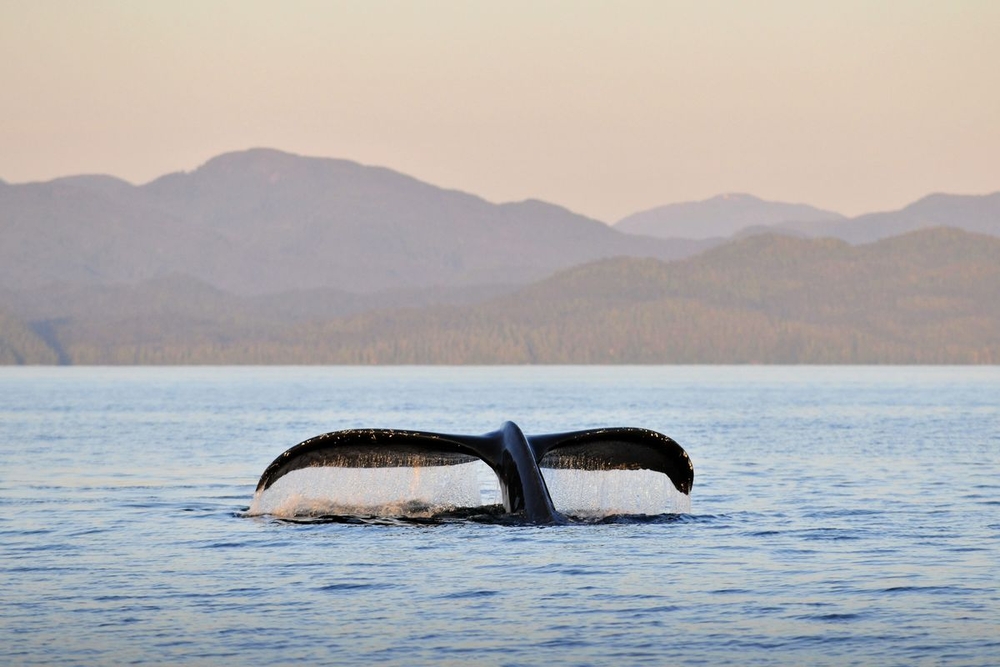Efforts to protect the world’s oceans − so vital for the future of people and wildlife − have received a boost on Canada’s west coast.
We welcome news that 15 First Nations peoples, as well as the national and provincial governments, have agreed an action plan to create Canada’s first-ever planned network of marine protected areas (MPAs) across the northern third of the country’s west coast.
This will double coverage of MPAs in the 100,000km2 Northern Shelf Bioregion, also known as the Great Bear Sea, to 30% − a positive contribution to the recent global UN commitment to conserve at least 30% of land, fresh water and ocean globally by 2030.
Both Indigenous and scientific know-how helped inform the process, with a sustainable conservation finance arrangement and collaborative governance also helping to ensure the long-term future of the MPAs.
As well as being an important area for Indigenous Peoples and other communities, the region is a home to whales, sea birds and other wildlife. With nature already in decline there, and facing increasing threats from shipping, development and climate change, WWF-Canada is calling for urgent action to implement the plan.
In more good news from Canada, the government has introduced minimum standards that provide much-needed clarity on what activities are and aren’t allowed within the country’s MPAs.
One welcome outcome will be the prohibition of oil and gas activities, bottom trawling and mining in all MPAs designated since the government committed to establishing minimum protection standards in 2019. However, there is much more to do, and WWF-Canada will work with government, Indigenous Peoples and industry to ensure Canada’s MPAs benefit from the highest possible level of protection.
CALLS TO SAFEGUARD CHILEAN ISLAND
The Canadian announcements were made this month at IMPAC5, a global forum on marine protected area issues, where calls were also made to safeguard Guafo Island in Chilean Patagonia by Indigenous Mapuche-Huilliche communities, in alliance with artisanal fishermen and the support of WWF-Chile.
The island is a key location for the life, culture and spirituality of Indigenous People, as well as for the conservation of marine biodiversity, such as endangered marine otters and the world’s largest breeding colony of sooty shearwaters.


